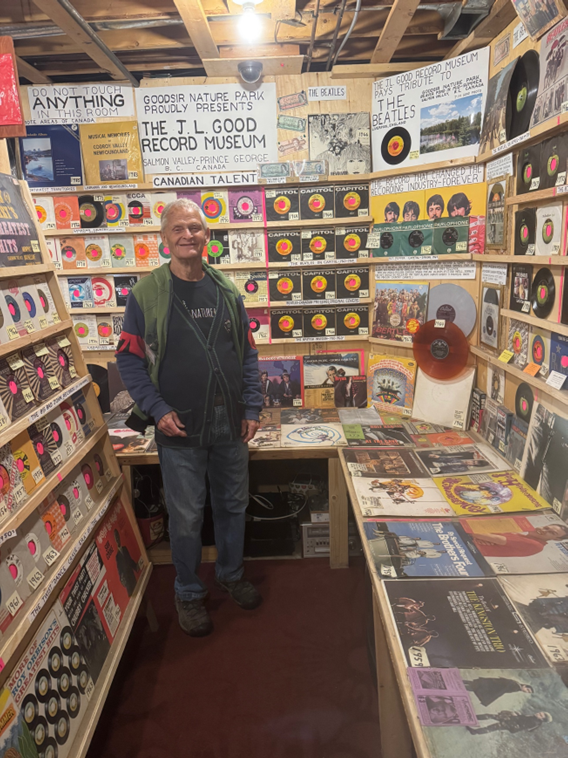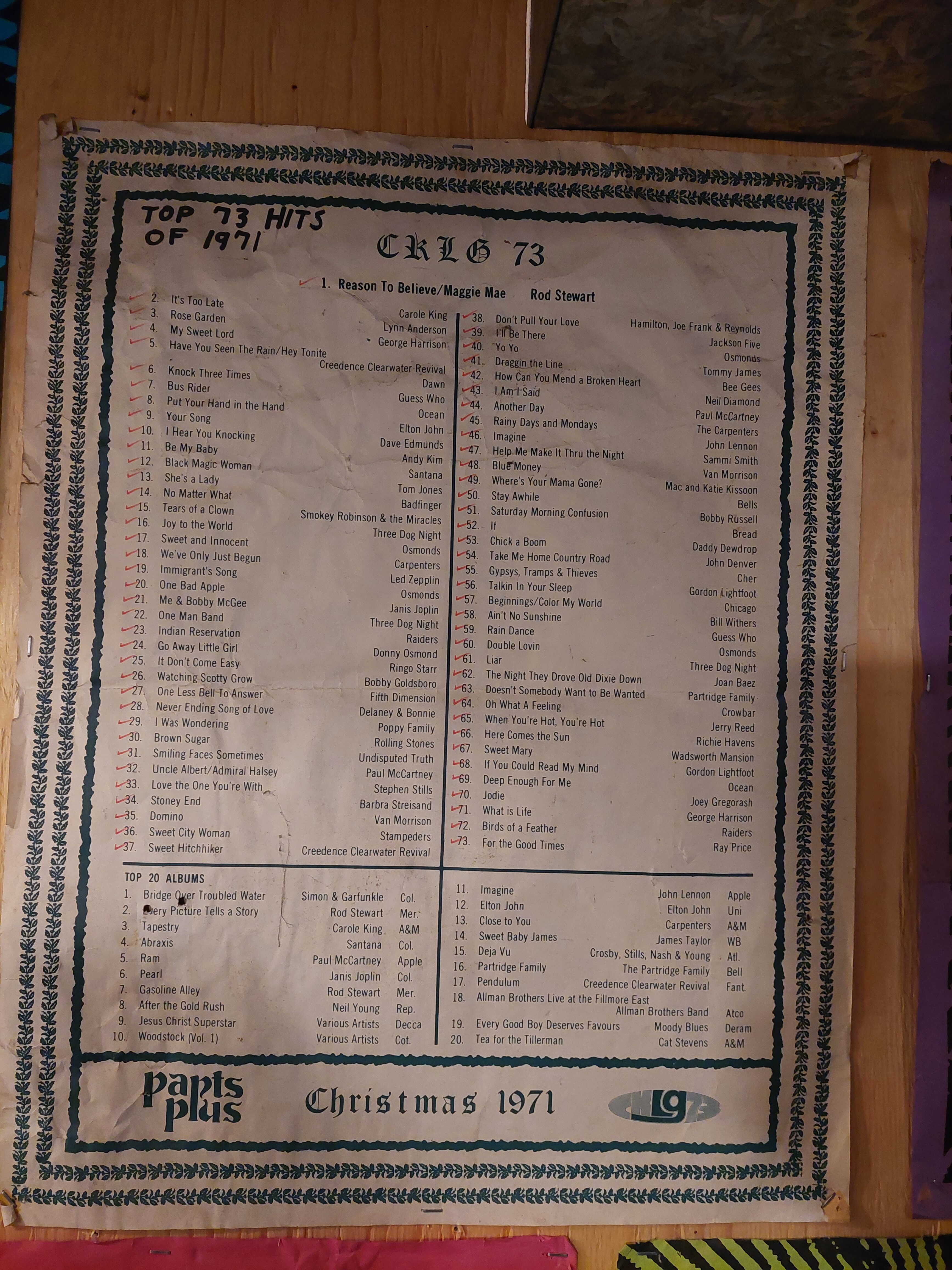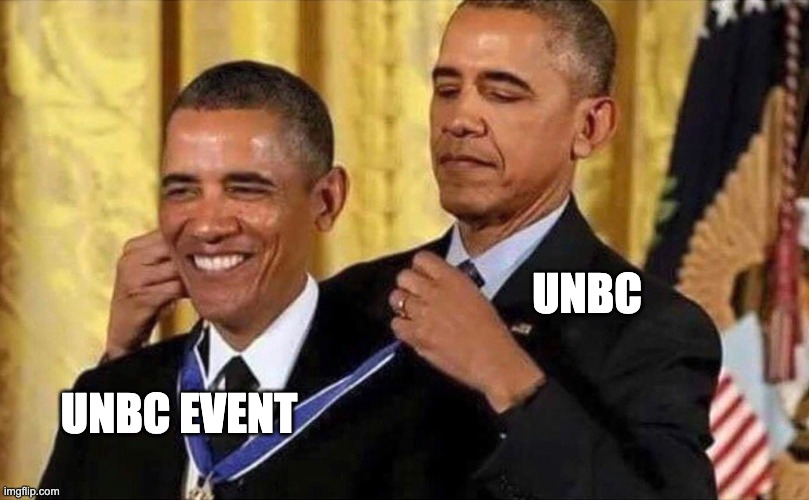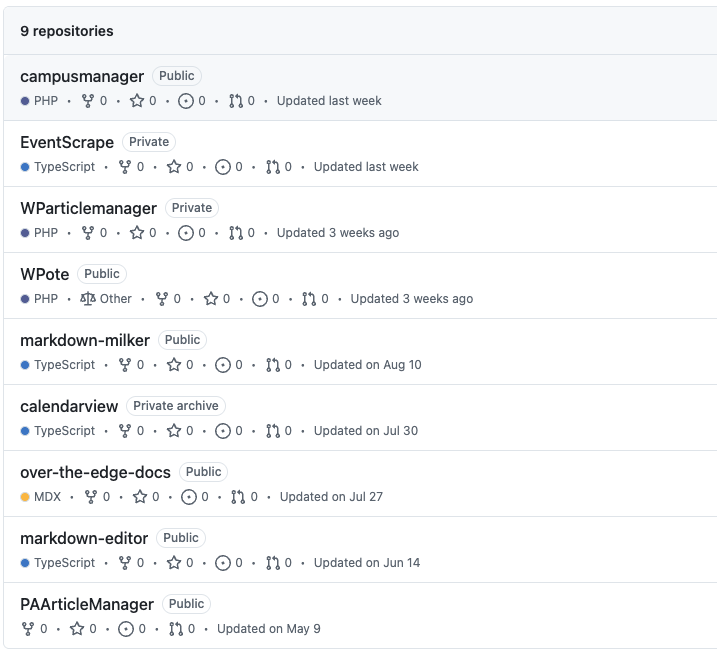Here is what happened, All you need to know
The British Columbia (B.C.) government has recently taken a critical step in its fight against the toxic drug crisis by decriminalizing the personal possession of some illegal drugs. This change is aimed at reducing the barriers and stigma that prevent individuals from accessing life-saving support and services, as substance use is viewed as a public health issue, not a criminal justice issue.
Health Canada granted the province of B.C. an exemption from the Controlled Drugs and Substances Act, which will be in effect from January 31, 2023, to January 31, 2026. This exemption means that adults (18 years and older) will not be arrested or charged for possessing small amounts of certain illegal drugs for personal use. The covered drugs include opioids (such as heroin, morphine, and fentanyl), crack and powder cocaine, methamphetamine (Meth), and MDMA (Ecstasy). If an adult is found in the personal possession of any combination of these drugs that adds up to a combined total of 2.5 grams or less, they will not be subject to criminal charges, and the drugs will not be seized. Instead, they will be offered information about health and social supports, including a referral to local treatment and recovery services, if requested.
It is important to note that this decriminalization does not equate to legalization, and the possession of more than 2.5 grams of these drugs, as well as the possession of any amount of other illegal drugs, remains illegal. Drug trafficking also remains illegal, regardless of the amount of drugs involved.
In certain circumstances, such as on school and daycare premises, at airports, and on Canadian Coast Guard vessels and helicopters, adults found in possession of any amount of illegal drugs can still be charged with a criminal offense. Similarly, illegal drug use continues to be prohibited in many private locations, and police retain the authority to remove individuals from these premises if open drug use occurs against the owner’s wishes.
It is also important to note that this exemption only applies in British Columbia, and illegal drug possession remains illegal in all other Canadian provinces and territories. Taking illegal drugs across domestic and international borders remains illegal, as does possess illegal drugs in personal motor vehicles and watercraft operated by minors. Members of the Canadian Armed Forces are also subject to a criminal offense if they possess these drugs unless otherwise authorized.
Youths (17 years and younger) found in possession of illegal drugs are subject to the federal Youth Criminal Justice Act, which promotes rehabilitation and reintegration. Illegal drugs are also prohibited on school and daycare premises for the safety of youth.
In preparation for this change, the B.C. government has created a robust plan for training police, educating the public, and engaging with First Nations communities, law enforcement, racialized and diverse communities, youth, businesses, and municipalities. The government has also invested in a full range of mental health and substance use supports and developed a monitoring and evaluation plan to track the effects of decriminalization.
Let’s talk about drug criminalization in CANADA
Drug prohibition has a long and rich history that dates back to the early 1900s in Vancouver, Canada. The Opium Act, enacted in response to anti-Asian riots, served as the foundation of present-day drug laws and was primarily used to target and criminalize Chinese immigrants.
Today, drugs deemed illegal is listed in the Controlled Drugs and Substances Act and are subject to criminal penalties for possession, purchasing, and sale. The stated goals of drug prohibition are to reduce substance use and limit the supply of illegal drugs, which are based on the mistaken belief that drugs cause addiction.
However, the reality is that substance abuse and addiction often result from a combination of intersecting factors, including lack of access to housing, intergenerational trauma, involvement in the child welfare system, racism, colonialism, and other social determinants of health.
It’s important to recognize that drug prohibition has its roots in discrimination and continues to have a significant impact on marginalized communities. As society evolves, it’s crucial to examine the effectiveness and consequences of drug prohibition and consider alternative approaches that address the underlying causes of substance abuse.”
Yet how have we “addressed” this systemically generated issue? Individual punishment.
It’s important to understand that when we imagine drugs, rather than systemic issues as the problem, and prohibit them as a response, we actually create a wide range of PREVENTABLE harms to both the individual and society at large.
Why is criminalization so bad?
The criminalizing drug is a hot topic that has sparked debates and discussions for many years. Despite the various reasons cited by governments and law enforcement agencies to justify this approach, the truth is that criminalizing drugs is more harmful than helpful. In this article, we will discuss some of the PREVENTABLE harms of drug criminalization, both to individuals and society as a whole.
One of the major harms of drug criminalization is the widespread stigmatization of people who use drugs (PWUD). This can create barriers to accessing health, harm reduction, social services, and housing, which in turn heightens the risk of overdose and negative health outcomes for PWUD. This stigmatization can lead to discrimination and even violence against PWUDs, making it harder for them to access the support and services they need to overcome their drug use and maintain their health.
Another harm associated with the criminal legal system is the negative impact that interactions with the system can have on individuals. Having a criminal record can make it difficult for PWUD to find employment, housing, or other basic necessities, perpetuating cycles of poverty. Additionally, fines and penalties imposed by the criminal legal system can be a heavy burden on PWUD, who are already struggling to make ends meet.
Drug criminalization has also driven an unregulated market with unknown toxicity, which is contributing to the ongoing drug overdose crisis. This unregulated market is driven by the demand for drugs, but it is also fueled by the criminalization of drug use, which makes it harder for people to access safe and controlled supplies of drugs. As a result, many people turn to the black market, where the risk of overdose is much higher.
Another major harm of drug criminalization is the over-policing and structural violence against marginalized communities, specifically Black and Indigenous Peoples. Drug criminalization has been used as a tool of oppression and control, leading to increased police presence in communities of color and a higher likelihood of police violence and brutality. This over-policing has had a devastating impact on communities of color, leading to increased rates of imprisonment and the destruction of families and communities.
Finally, it is worth mentioning that drug criminalization is extremely expensive. In 2017, the cost of drug criminalization was over $9.2 billion dollars, money that could have been spent on housing, healthcare, mental health supports, and other essential services. This money could have been used to address the root causes of drug use, such as poverty, homelessness, and mental illness, and to provide people with the support they need to overcome their drug use and maintain their health.
Decriminalization of personal possession
Decriminalization involves removing criminal penalties when being caught in possession of illegal substances for personal use. It’s an evidence- informed practice used by many places in the world to reduce the harms of drug criminalization – notably in Portugal, as well as in Czechia, the Netherlands, and Switzerland.
There are three key objectives:
Reduce police drug seizures for personal possession and related harms -> Reduce contact with the criminal legal system for PWUD -> Reduce stigma against PWUD

Source: City of Vancouver, 2021; Ministry of Mental Health and Addictions, 2021
So why can decrim models be problematic?
While it’s commendable that Vancouver and BC are taking steps towards decriminalization, the reality is that their models are not expected to provide adequate protection for those who are most at risk of criminalization. This raises serious concerns about the potential shortcomings of their approach and the effectiveness of their objectives.
To be clear, decriminalization is a really good thing! But it needs to be done right (aka evidence-informed) & in tandem with offering a safe supply (safe pharmaceutical alternatives to the toxic street supply).
The decriminalization model can limit its effectiveness:
- The way that personal possession is defined fails to consider those most often targeted by police and most vulnerable to the harms of criminalization – it will be ineffective at reducing contact with the criminal legal system & reducing seizures.
A threshold of 2.5 grams only really protects the privileged, like the frat bros from getting charged with cocaine possession, but it does nothing to protect those who are living in rural & remote communities that have to buy substances in bulk or those who are unhoused and don’t have a place to store their belongings.
- Decriminalization is being positioned as a solution to the overdose crisis – but it’s not: The illegal drug supply is increasingly poisonous with high levels of harmful substances.
Over 5,500 apparent opioid toxicity deaths occurred in 2021. That’s approximately 20 deaths per day.
– Government of Canada
This crisis has been RAGING since before 2016 and it BARELY makes the news. What the fuck, Canada? Decriminalization does nothing to address the root cause of the overdose crisis, which is the toxic drug supply. We need to offer people who use drugs a regulated safe supply of pharmaceutical alternatives to the unregulated toxic supply in order to save people’s lives – because while decrime is important, it has to be paired with safe supply.
Take Action!
- Call on your municipality and province/territory for safe supply and decriminalization.
Election times are the perfect time to vote for a party that is looking to save lives and offer real solutions to the toxic drug supply! Voting progressively gives us more of a chance to advocate for this.
- Get educated and start supporting and uplifting the voices of people who use drugs.
Where to look? I got you some great examples! The Crackdown Podcast is one of them that drug user activists create about the war on drugs. Also, follow and support activists like @guyfelicellapublic @candrugpolicy @momsstoptheharm @harm.reduction.saves.lives . These peeps are the real teachers and they inspired me the most to write about this subject.






